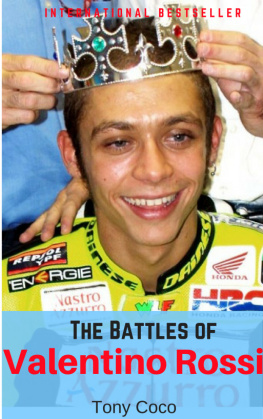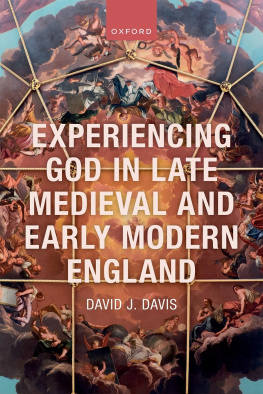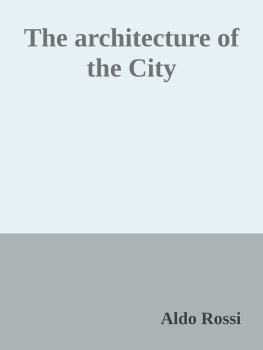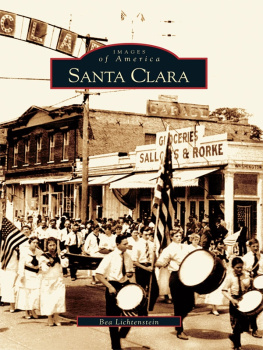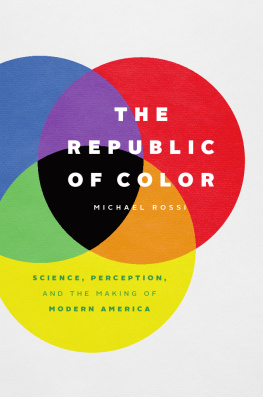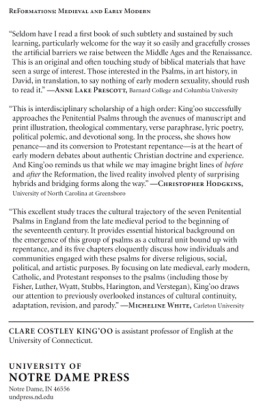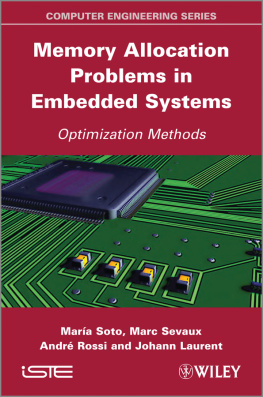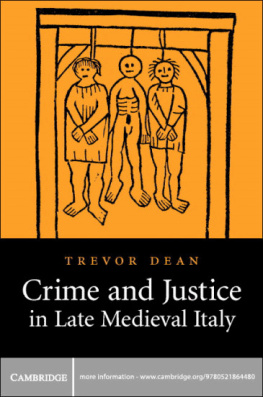In recent years historical studies on adoption and fosterage have greatly advanced, very likely due to the importance that such practices have acquired in our own societies. Also in the past not only during Roman or Late Antique periods, but throughout the Middle Ages and the Modern Era as well a rather significant number of family units went through adoption and fosterage, experiencing these kinds of ties and relationships on the daily basis. Articles collected in this volume are aimed at analysing the various forms and methods by means of which the concept of adoption was interpreted and practiced during the Medieval and Early Modern periods, identifying especially relevant chronological points, examples from different regional and local contexts, reciprocal influences, and family relationships shaped by adoption.
Contributors: Giuliana Albini, Cesarina Casanova, Maria Gigliola Di Renzo Villata, Marina Garbellotti, Ximena Illanes Zubieta, Salvatore Marino, Michele Pellegrini, Maria Clara Rossi, Lucia Sandri, Nicholas Terpstra, Teresa Vinyoles Vidal.
Marina Garbellotti teaches Modern History at the University of Verona. Her research focuses on institutions of charity and welfare, as well as the family in the Modern Era. Among her publications: Per carit. Poveri e politiche assistenziali nellItalia moderna (Rome: 2013).
Maria Clara Rossi teaches History of Christianity and the Church at the University of Verona. Her research interests include the history of the Church and religious life, as well as women and religion in the Middle Ages. Among her publications: Governare una Chiesa. Vescovi e clero a Verona nella prima met del Trecento (Verona: 2003).
Copyright 2015 - Viella s.r.l.
All rights reserved
First edition: December 2015
First digital edition: February 2016
ISBN 978-88-6728-621-8 (eBook | ePub)
This book was published with the support of the University of Verona, Dipartimento di Culture e Civilt, and the National Research Project Circuiti della carit e dinamiche della famiglia. Percorsi delladozione e dellaffidamento in et medievale e moderna (Circuits of Charity and Family Dynamics. Modes of Adoption and Fosterage in Medieval and Modern Periods). The Project was carried out at the Universities of Verona and Siena, as well as the Research Centre of the Ospedale degli Innocenti in Florence.
The contributions were subject to a double peer review.
viella

libreria editrice
via delle Alpi, 32
I-00198 ROMA
tel. 06 84 17 758
fax 06 85 35 39 60
www.viella.it
Maria Clara Rossi and Marina Garbellotti
Adoption and Fosterage Practices: An Introductory Note*
While research on the history of child abandonment has enjoyed considerable growth in Europe, giving rise to numerous publications, the phenomenon of adoption and fosterage (which has drawn the publics attention as a result of the rising number of national and international adoptions) has not interested historians to the same degree.
The historiography in Italy, for example, has tended to relegate the topic to the shadows, in spite of the numerous references and suggestions regarding the fate of orphans or foundlings in important monographs on individual charitable institutions in Italy: Milano (Giuliana Albini), Padova (Francesco Bianchi), Venezia (Casimira Grandi), Treviso (David DAndrea), Trento (Marina Garbellotti), Bologna (Nicholas Terpstra), Siena (Gabriella Piccinni) and Firenze (Lucia Sandri), Napoli (Giovanna Da Molin). Hospital archives are a rich store of documents absolutely vital for an understanding of the development and number of adoption practices in the medieval and modern periods; however, the scholarship up to now has been confined to single chapters and brief essays. These studies, while well documented, do not deal specifically with the phenomenon of adoption and fosterage, nor do they investigate how practices evolved over the long term, or focus on how placements of children impacted the dynamics of the enlarged family; finally, they tell us very little about the personal stories of the boys and girls who were taken in by the new families. The topic also appears to have been given less importance in studies on the history of the family. Only rarely do scholars in this field mention the different forms of adoption and they just as infrequently extend their scope to include wider relational dynamics and artificially created ties. And yet an examination of different variations of the family model, as characterized by forms and functions of substitutive parenthood that began to be practiced in the Middle Ages and the Modern Age can contribute knowledge to the large body of studies on the strong family, which have focused primarily on blood ties and the prevalence of patrilinear mechanisms that tended to exclude from inheritance not only women (whose expectations were limited to a receiving a dowry) but also illegitimate and adopted children if the latter happened to be present.
Historians in other countries, especially in France, have been more receptive to studying adoption and fosterage practices and its current relevance and they have tackled the topic with more specific issues in mind;
Given these important scholarly stimuli, we also felt the need to undertake a number of detailed investigations in the area of Italy. Our aim has been to look at the practices of adoption and its related institutions, devoting particular attention to documents, above all private and notarial agreements especially those that were produced by charitable institutions while also examining the specific roles and meanings these institutions acquired over the centuries. Indeed, today scholarly consensus no longer endorses the long held and oft repeated notion of une longue clipse of adoption between the ninth and nineteenth centuries. Recent studies have shown very clearly that the practice of adoption continued throughout this time, or more precisely, practices of adoption continued, which could vary greatly in their manner, motivation and underlying feeling depending on the specific context.
The scarce importance given to the topic of adoption by Italian scholarship does not, therefore, appear to be attributable to the rarity of the phenomenon or an absence of sources: hospitals archives, as we have said and as we shall see in some of the essays that follow, contain a wealth of documents showing that adoption was widely practiced. The archives represent a veritable laboratory from which to study modes of adoption and filial relations. Besides drawing up adoption contracts, the hospitals could, in fact, assign the boys and girls residing in their establishment to married couples or unmarried individuals, both men and women for limited periods of time through a fosterage contract. We should also remember that the foundlings who were not placed with adoptive families or who following a temporary placement were not given back to their natural parents faced a different future. They spent their childhood, sometimes their entire youth inside the institution, where men and women assigned to caring for them as fathers and mothers provided them with an education and affection.
Just as interesting from a heuristic standpoint are last wills that contain references to adoption arrangements or relationships that were very close to what we understand by adoption today. These documents are generally silent about how the relationship between adopter and adoptee originated, but they do tell us something about how the ties evolved, providing an account, however succinct, of the stories of children and their adoptive parents.




